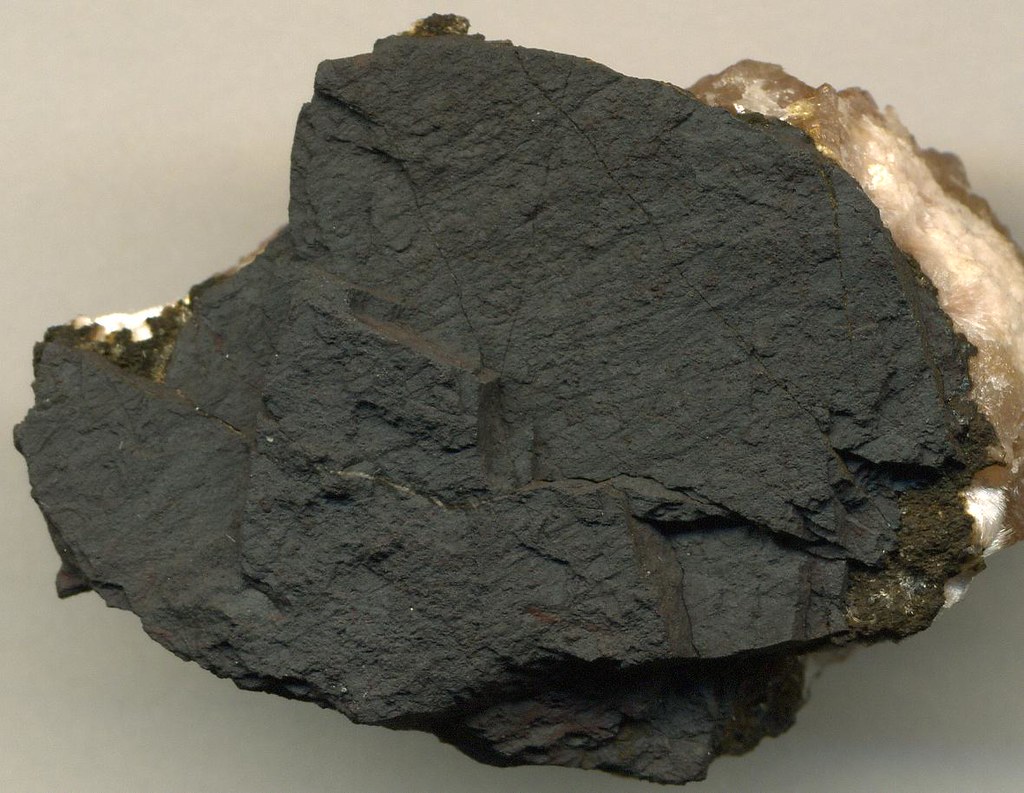For the formation of manganese oxide on Mars, it is not at all necessary that there was more oxygen in its atmosphere once. This is evidenced by the experiments of scientists who were able to obtain these crystals in a different way.

Manganese oxide on Mars
In 2014, NASA rovers found manganese oxide crystals in Gale and Endeavor craters. At the time, scientists saw this as evidence that the Martian atmosphere once had much more oxygen than it does now. This was billions of years ago and agreed well with other geological evidence from that era.
This is not surprising, because on Earth manganese oxide is formed only under the action of the atmosphere, its synthesis is impossible neither in the oceans nor in the depth of the lithosphere. But according to scientists, this does not mean that this mineral cannot, in principle, be formed under other conditions.
Scientists from a number of US scientific institutions drew attention to the fact that the chemistry of the surface of Mars is very different from that of Earth. In particular, there are much more halogens there, such as chlorine and bromine, and they are found on it completely different compounds than on Earth.
Experiments on the synthesis of minerals
The researchers conducted experiments on the synthesis of manganese oxide crystals in conditions close to those currently observed on Mars. They dissolved chlorates and bromates in water —those compounds which most often contain halogens on this planet — and they tried to put manganese in this medium.
It is interesting that the usual practice of chlorination of tap water led scientists to such an experiment. After trying to oxidize manganese with halogens dissolved in water, scientists discovered that this process goes even faster than in the case of atmospheric oxygen.
At most, the experiments showed that under the weakly acidic conditions common on early Mars, bromate solutions oxidize manganese faster than any other available substance.
Oxygen and life on early Mars
These studies strongly undermine the belief of scientists that the atmosphere of Mars once had much more oxygen than it does now. Most likely, the original hydrogen shell of the planet was directly replaced by modern carbon dioxide.
But this does not mean at all that life on the planet was impossible then. Recently, scientists discovered adaptations that could help single-celled organisms survive on it even now, when conditions have become much harsher.
There are many saline bodies of water on Earth that contain a liquid very similar to the one they were experimenting with. The Dead Sea can be an example. Despite its name, it is home to many extremophile microorganisms that could have existed on Mars when it was warmer and wetter.
According to the materials: phys.org
